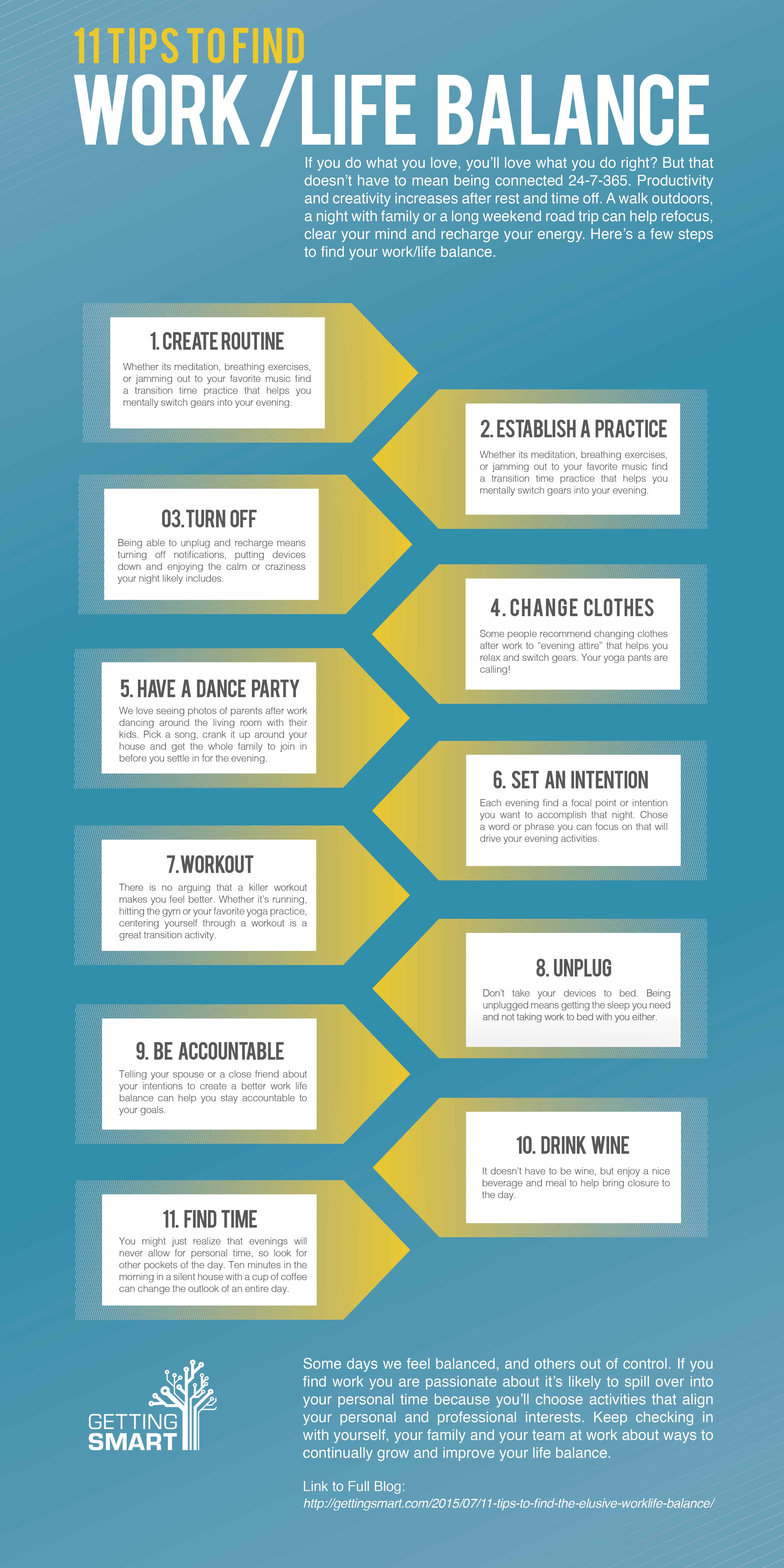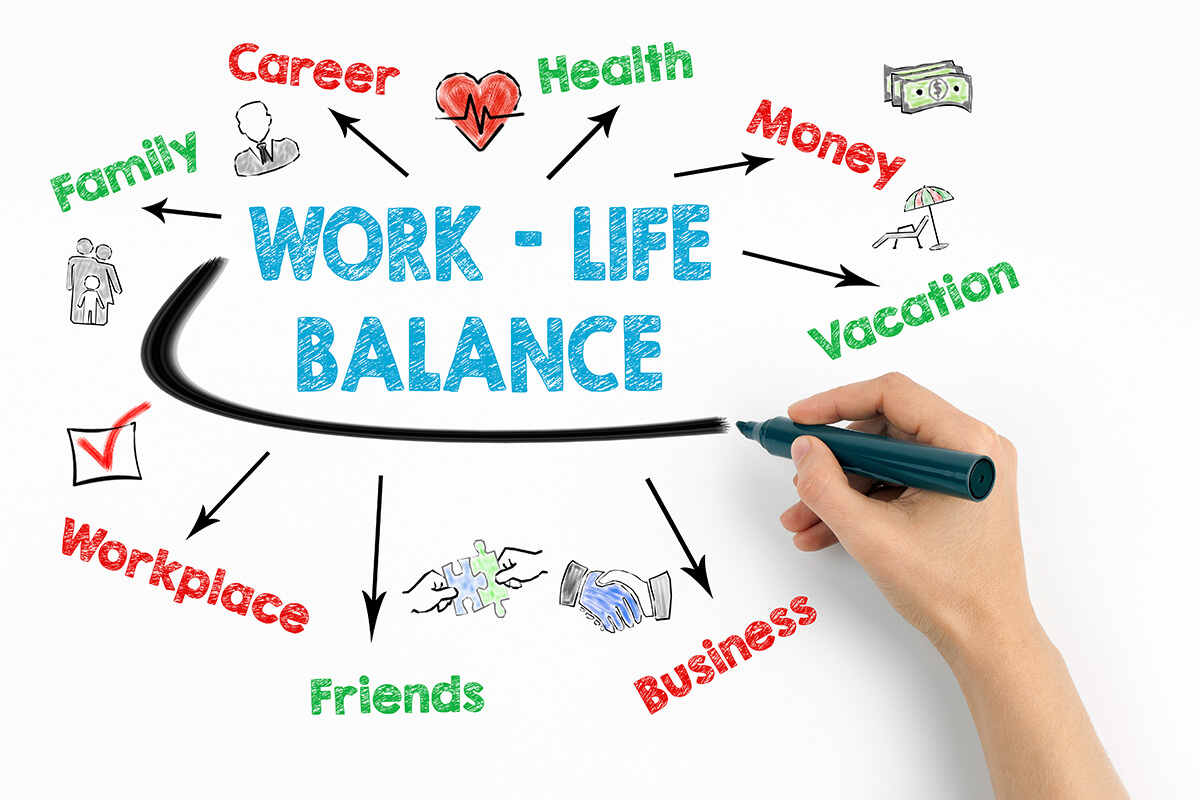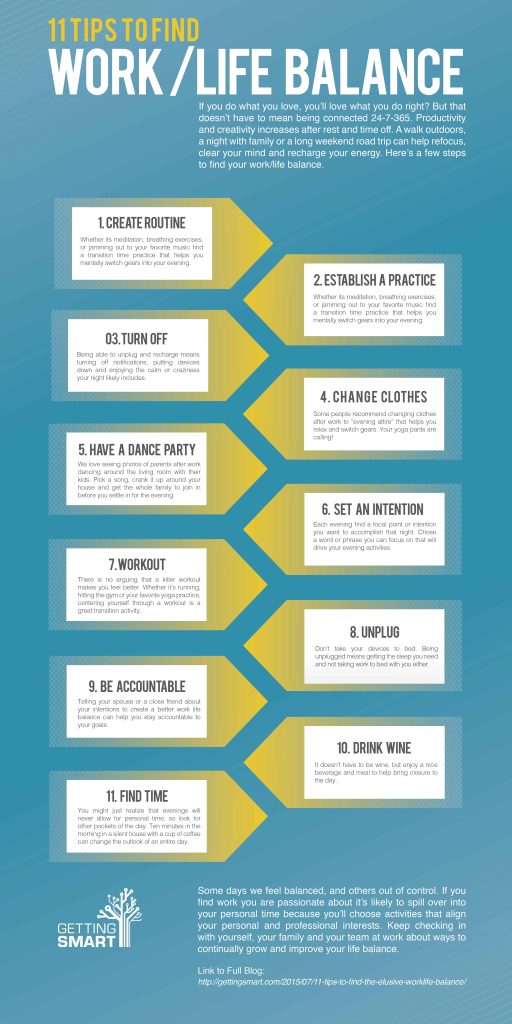Achieving Harmony: Top Tips for Maintaining a Healthy Work-Life Balance

In today’s fast-paced world, achieving a balance between our professional and personal lives has become increasingly challenging. The constant pressure to meet deadlines, the lure of the digital world, and the blurred lines between work and personal time can leave us feeling overwhelmed, exhausted, and disconnected from our loved ones. However, maintaining a healthy work-life balance is crucial for our overall well-being, relationships, and productivity. In this article, we will explore the top tips for achieving harmony between our work and personal lives.
1. Set Clear Boundaries
The first step to maintaining a healthy work-life balance is to set clear boundaries between your work and personal life. This can be as simple as designating a specific workspace or creating a schedule that separates work and personal time. According to a study by the Harvard Business Review, employees who have a clear boundary between work and personal life are more productive, have better work-life balance, and are less likely to experience burnout (1).
Suggested Action: Establish a "no work" zone in your home, such as the bedroom or dining area, and stick to it. Designate specific hours of the day for work, and avoid checking work emails or taking work calls during personal time.
2. Prioritize Self-Care
Self-care is essential for maintaining a healthy work-life balance. It involves taking care of your physical, emotional, and mental well-being. This can include exercise, meditation, spending time with loved ones, and engaging in hobbies. According to a study by the American Psychological Association, employees who prioritize self-care experience improved mental health, lower stress levels, and increased productivity (2).
Suggested Action: Schedule time for self-care into your daily or weekly routine, such as a morning walk or a weekend hike. Make time for activities that bring you joy and relaxation, such as reading, painting, or cooking.
3. Learn to Say No
Saying no to work commitments or requests can be challenging, but it is essential for maintaining a healthy work-life balance. When you say yes to every request, you may end up overcommitting and burning out. According to a study by Psychology Today, employees who learn to say no experience less stress, improved mental health, and increased productivity (3).
Suggested Action: Practice saying no to requests that are not aligned with your priorities or values. Explain your reasons for saying no and offer alternative solutions or suggestions.
4. Leverage Technology Wisely
Technology can be both a blessing and a curse when it comes to maintaining a healthy work-life balance. While it can facilitate communication and productivity, it can also lead to burnout and connectivity. According to a study by the American Psychological Association, employees who use technology wisely experience improved productivity, reduced stress, and increased work-life balance (4).
Suggested Action: Set boundaries around your technology use, such as not checking work emails or taking work calls during personal time. Use tools and apps that help you stay focused and productive during work hours.
5. Seek Support
Maintaining a healthy work-life balance can be challenging, especially when faced with personal or professional setbacks. Seeking support from loved ones, colleagues, or mental health professionals can be invaluable. According to a study by the National Institute of Mental Health, employees who seek support experience improved mental health, increased productivity, and reduced stress levels (5).
Suggested Action: Reach out to friends, family, or colleagues for support when needed. Consider seeking professional help from a therapist or counselor to address work-related stress or burnout.
6. Take Breaks and Practice Self-Compassion
Taking breaks and practicing self-compassion are essential for maintaining a healthy work-life balance. When we take breaks, we recharge, reflect, and refocus. When we practice self-compassion, we cultivate kindness, understanding, and acceptance. According to a study by the University of California, Los Angeles, employees who take breaks experience improved productivity, reduced stress, and increased well-being (6).
Suggested Action: Schedule breaks into your daily or weekly routine, such as taking a walk or meditating. Practice self-compassion by acknowledging your strengths and weaknesses, and treating yourself with kindness and understanding.
7. Review and Adjust

Maintaining a healthy work-life balance requires ongoing review and adjustment. According to a study by the Harvard Business Review, employees who regularly review and adjust their work-life balance experience improved productivity, reduced stress, and increased well-being (7).
Suggested Action: Regularly review your work-life balance by tracking your time, setting goals, and adjusting your boundaries as needed.
Conclusion
Achieving a healthy work-life balance requires effort, commitment, and intention. By setting clear boundaries, prioritizing self-care, learning to say no, leveraging technology wisely, seeking support, taking breaks, and practicing self-compassion, we can cultivate a more harmonious and fulfilling life. Remember, maintaining a healthy work-life balance is not a one-size-fits-all solution; it requires ongoing review, adjustment, and effort. By following these top tips, you can create a more balanced, productive, and fulfilling life.
Share the Love: Share This Article with Your Friends and Colleagues
We hope you found this article informative and inspiring. Help us spread the word by sharing it with your friends, family, and colleagues. Remember, achieving a healthy work-life balance is not a solo journey; it requires support, encouragement, and understanding. Share this article to inspire and motivate others to take action towards achieving a more balanced and fulfilling life.
References:
- Harvard Business Review. (2019). The Benefits of Setting Boundaries at Work.
- American Psychological Association. (2019). Stress in America: Coping with Change.
- Psychology Today. (2019). The Art of Saying No.
- American Psychological Association. (2019). Stress in America: The Impact of Technology.
- National Institute of Mental Health. (2019). Mental Health Disorders.
- University of California, Los Angeles. (2019). The Benefits of Taking Breaks.
- Harvard Business Review. (2019). How to Achieve a Better Work-Life Balance.


